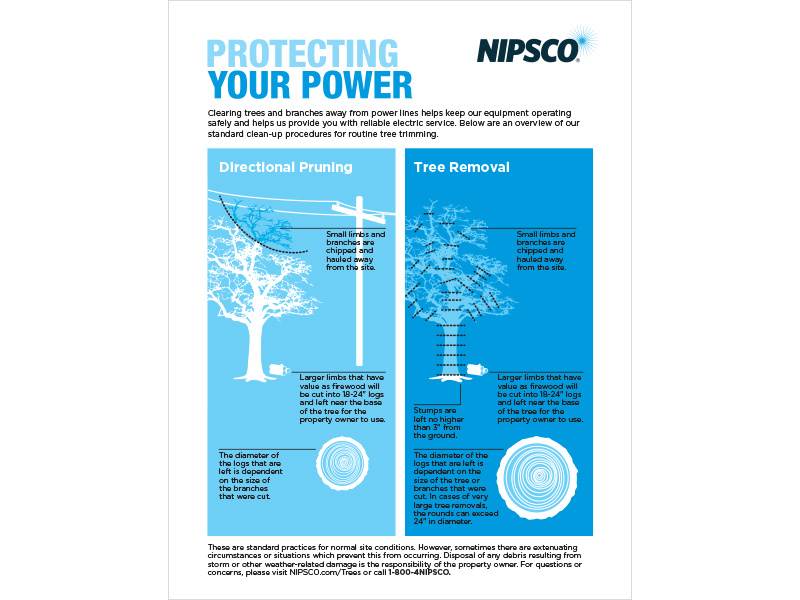Seasonal Pruning Of Trees: Timing And Techniques For Ideal Development
Seasonal Pruning Of Trees: Timing And Techniques For Ideal Development
Blog Article
Post Author-Barbee Olson
When it comes to seasonal tree cutting, timing and method are vital for your trees' health and growth. You may be stunned at just how much a simple cut can encourage brand-new life. Recognizing when to trim inactive trees versus blooming ones can make all the distinction. However it's not just about when; it's also concerning exactly how you do it. Allow's discover the most effective techniques to guarantee your trees thrive.
Comprehending the very best Seasons for Tree Trimming
When's the best time to trim your trees? The answer depends on recognizing the seasons. Late wintertime to early spring is often optimal, as trees are still inactive. This timing lessens anxiety and advertises healthier development when they stir up.
However, if you're managing flowering trees, take into consideration trimming right after their blossoms discolor. This guarantees you won't remove following year's flowers.
In summertime, light cutting can help preserve shape and remove any type of dead or infected branches. Avoid heavy trimming during fall, as trees are preparing for inactivity and could battle to heal.
Eventually, knowing your tree types and local climate will lead your trimming routine. Pick wisely, and your trees will flourish magnificently year-round.
Crucial Pruning Techniques for Healthy Trees
Trimming your trees effectively is crucial for their health and long life. Beginning by utilizing clean, sharp tools to make accurate cuts, which aids protect against damages and illness.
Focus on removing dead, harmed, or going across branches first; this urges better air movement and sunshine penetration. When reducing, aim for an angle that advertises healing and lessens the danger of rot. Constantly prune just outside the branch collar, the swollen area where the branch meets the trunk, to enhance recuperation.
For young trees, shape them by selectively pruning to develop a solid framework. Finally, avoid over-pruning; eliminating way too much foliage can stress your tree.
Common Mistakes to Prevent When Trimming
Numerous property owners make vital blunders while trimming their trees, which can cause lasting damage.
https://www.streetinsider.com/Press+Advantage/New+Steadfast+Tree+Care+Warns+Against+DIY+Tree+Removal+In+Rappahannock+Academy/17253516.html is over-pruning, where you get rid of way too many branches at the same time. This can emphasize the tree and hinder its growth.
One more error is utilizing boring tools; sharp, tidy devices make cleaner cuts that recover faster.
Don't fail to remember to prune at the incorrect time of year; wintertime is typically best for several species, while summer is suitable for others.
Additionally, prevent reducing branches also near to the trunk or leaving stubs, as both can invite pests and conditions.
Lastly, failing to go back and evaluate the tree's total form can lead to uneven development.
Maintain https://www.theoaklandpress.com/lifestyles/tips-for-selecting-and-caring-for-your-fresh-christmas-tree/article_4b28ca3c-112e-11ea-be74-4be24432000b.html in mind for much healthier, prospering trees!
Conclusion
Finally, seasonal tree cutting is critical for your trees' health and development. By pruning at the right times-- late winter for dormant trees and right after flowers for flowering varieties-- you'll urge dynamic foliage and blossoms. Bear in mind to use tidy, sharp tools and follow correct techniques to avoid damage. Avoid heavy pruning in the fall and stay free from common blunders. With these ideas in mind, you'll keep your trees flourishing all the time!
